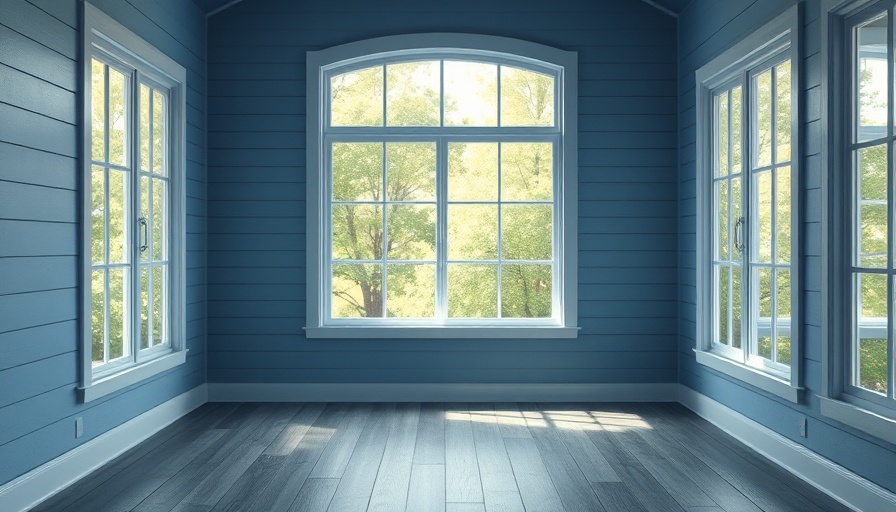
Reviving Ancient Techniques in Modern Times
In an era dominated by synthetic materials and fast-paced construction, the Danish company Linolie & Pigment stands out by championing the use of traditional linseed paint and colored wood oils. Founded by Thor Grabow, whose fascination with restoration began in his teenage years, the company's commitment to historical preservation resonates with architects and homeowners alike. Utilizing linseed paint is not merely an aesthetic choice; it represents a bridge to the past while fostering sustainable architecture.
The Roots of Linseed Paint Utilization
Linseed paint has a long-standing heritage, having been utilized for centuries in various climate conditions. Its unique properties allow it to breathe, enabling moisture to escape while also protecting wooden surfaces from decay. Unlike modern acrylics laden with harsh chemicals, linseed paint emerges as a non-toxic alternative composed of natural ingredients, making it suitable both for historic restoration projects and contemporary applications.
Sustainable Practices Meet Artistic Expression
Grabow emphasizes how linseed oils enhance the aesthetic of wood by saturating its surface, allowing the natural grain to emerge. His Satin Wood Oil line exemplifies this, giving a transparent wash of color that enriches the wood's character. Architects like those from Mentze Ottenstein have effectively transformed spaces with Linolie & Pigment products, applying Aqualinum paint, which blends conventional techniques with modern environmental sensibilities, ensuring that innovation respects tradition.
A Commitment to Quality Over Quantity
One core principle they uphold is the significance of high-quality, unadulterated linseed oil. As illustrated in the success stories from Denmark and regions like southern Sweden, the meticulous cold-pressing method ensures that only the finest oils are used, preventing impurities that could hinder paint longevity. This attention to detail underlines the ethical commitment to craftsmanship that modern builders and renovators often seek.
Building a Sustainable Future with Historical Wisdom
As Neil Braidwood notes in his exploration of linseed paint, a return to traditional methods can provide essential insights into current environmental crises. The methods of the past—such as using lime washes and earth pigments—hold the potential for a significant reduction in plastic waste. With growing concerns over environmental impacts, embracing linseed oil paint translates into both a stylistic and ecological choice.
Practical Applications and Community Engagement
Not only does Linolie & Pigment produce paints suitable for various applications—from flooring to furniture—but they also engage the community by sharing knowledge about historical paints. Educational presentations and collaborations with professionals from all segments of the building industry encourage the reestablishment of traditional skills and materials that prioritize restorability and sustainability.
Actionable Insights for Today’s Homeowners and Contractors
For homeowners eager to integrate linseed paint into their projects, it’s essential to consult with contractors who are knowledgeable about its unique application techniques. The adaptability of linseed oil means that it can be applied to multiple surfaces, including untreated wood, concrete, and cork. This versatility allows for creative exploration in both renovations and new constructions.
The Journey of Linseed Paint: From Past to Present
The resurgence of linseed paint and traditional techniques is more than a trend; it epitomizes a broader movement towards sustainability in design. Professionals and homeowners alike are increasingly recognizing the benefits of these natural materials, not only to preserve the fabric of our built heritage but also to contribute to a healthier planet. The journey that starts in places like Haderslev can inspire a return to the core of craftsmanship that respects both history and the environment.
Time to Act: Embrace the Future of Home Design
For individuals passionate about architecture and home improvement, the choice to utilize linseed paint opens up a dialogue about how we can live harmoniously with our environment while cherishing the beauty of traditional craftsmanship. Discover how integrating these historical methods can not only beautify your home but also create a sustainable legacy.
 Add Row
Add Row  Add
Add 




Write A Comment